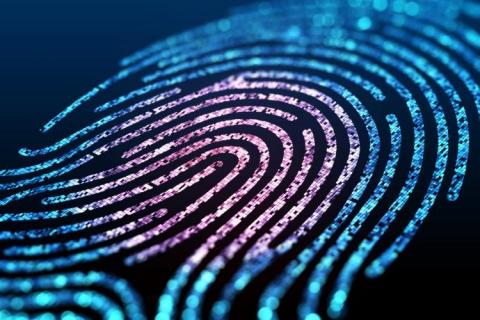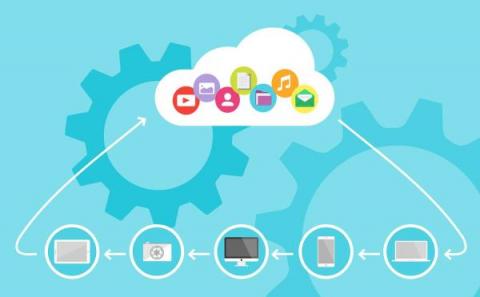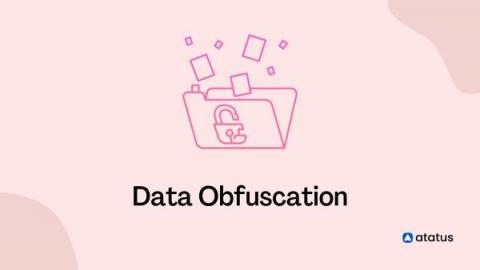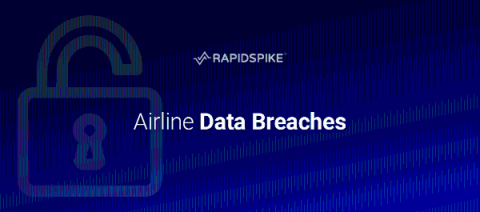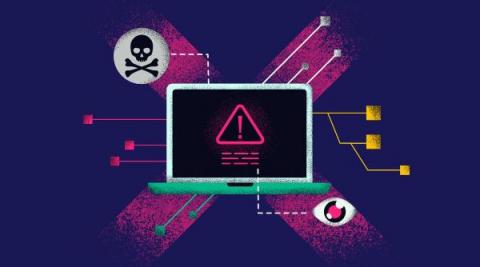Operations | Monitoring | ITSM | DevOps | Cloud
Data Breaches
How biometric technology is future-proofing tech operations
Data Breach Prevention Methods in Cloud Computing
How To Secure Your Business Digitally?
What IT Pros Can Learn from the Marriott Data Breach
Despite the best efforts of individuals to protect their own data, they cannot always account for the cybersecurity shortcomings of larger organizations such as their employers, financial institutions, and healthcare providers entrusted with their personal information. Hotels should also be added to this list of vulnerable entities, as was made painfully apparent in the most recent Marriott data breach.
Developing a Data Breach Incident Response Plan
With cybersecurity boundaries going beyond the traditional walls of an office and attack surfaces constantly expanding, data breaches are inevitable. Managing risks from data breaches requires organizations to develop a comprehensive incident response plan – an established guideline that facilitates incident detection, response and containment, and empowers cybersecurity analysts to secure a company’s digital asset.
Data Obfuscation
Data Obfuscation is a way of making data unreadable or unusable if data breach occurs. It is like providing security to the data by encrypting it or masking it in order to make it unreadable even when the hackers can do a successful data breach. Data breaching is very common these days and every organization must protect its own data. Even if we cannot stop the data breach completely, we can save the data we have by means of data obfuscation.
7 Types of Data Breaches You Must Know And How to Handle Them
Data breaches and the threat of cybercriminals are unfortunate realities of our digital lives. Research conducted by tech firm IBM put the average cost of a corporate data breach at $4.24 million in 2021. This trend continues in both frequency and severity as we become more entangled in digital spaces (think virtual reality). There really is no better time to learn about the common causes of data breaches and how to prevent them.
Airline Data Breaches
Travel websites, in particular airlines are key targets for cyberattacks, the reward for compromised data is high in this industry due to the sensitivity of the data involved. Over the years, there have been a number of airline data breaches, with some companies suffering multiple attacks. By analysing some of the major airline and travel attacks over the years and being aware of tactics used by hackers, security procedures can be put in place to prevent attacks.
What You Can Learn About Cyber Security from the Biggest Breaches in History
It feels like cybersecurity is dominating the newsfeeds, doesn’t it? There is a reason. Cyberattacks and cybercrime have risen dramatically in the last five years. 2020 broke all records in terms of data loss and the number of cyberattacks. Between 2019 and 2020 ransomware attacks alone rose by 62%, the same year that the World Economic Forum identified cyberattacks and data theft as two of the biggest risks to the global economy.



